Big airport upgrade as diving with saltwater crocodiles comes to Oz
Brave passengers will soon be able to banish boredom while in transit by taking a saltwater crocodile dive in the departures lounge, thanks a new experience coming to one Australian airport
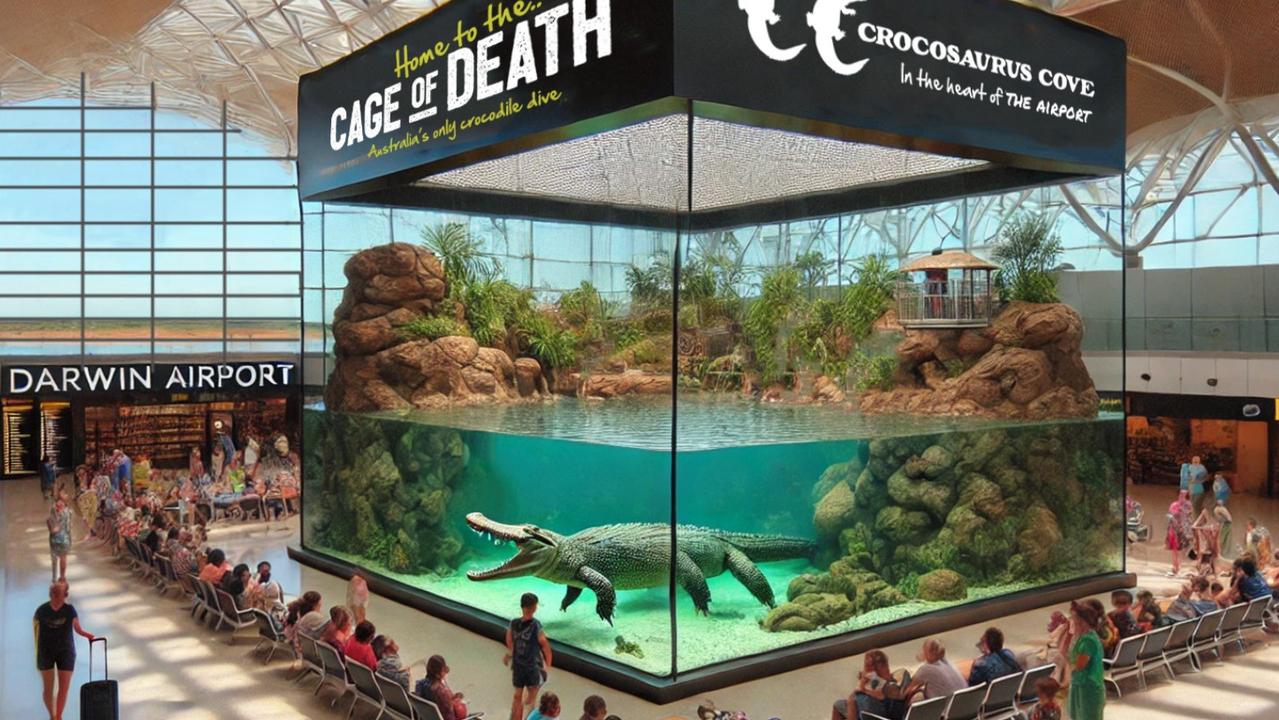
READING LEVEL: GREEN
Darwin’s iconic* Crocosaurus Cove will be coming to Darwin International Airport, allowing travellers to experience daily crocodile feedings and up-close encounters with the fearsome predators* while waiting for their flights.
Travellers will also be able to take part in the “Cage of Death” experience before boarding their overseas flights. While it sounds terrifying, the Cage of Death is a tongue in cheek NT way of marketing* what is actually a very safe way of seeing saltwater crocodiles close up. It enables brave crocodile enthusiasts to dive while enclosed in a protective, clear cage as a massive crocodile swims and feeds around them.
Darwin International Airport head of operations Melanie Cobbin said the expansion had been a long-term project.
“After months of careful planning, we’re excited to confirm that Crocosaurus Cove will be expanding to Darwin International Airport,” she said.
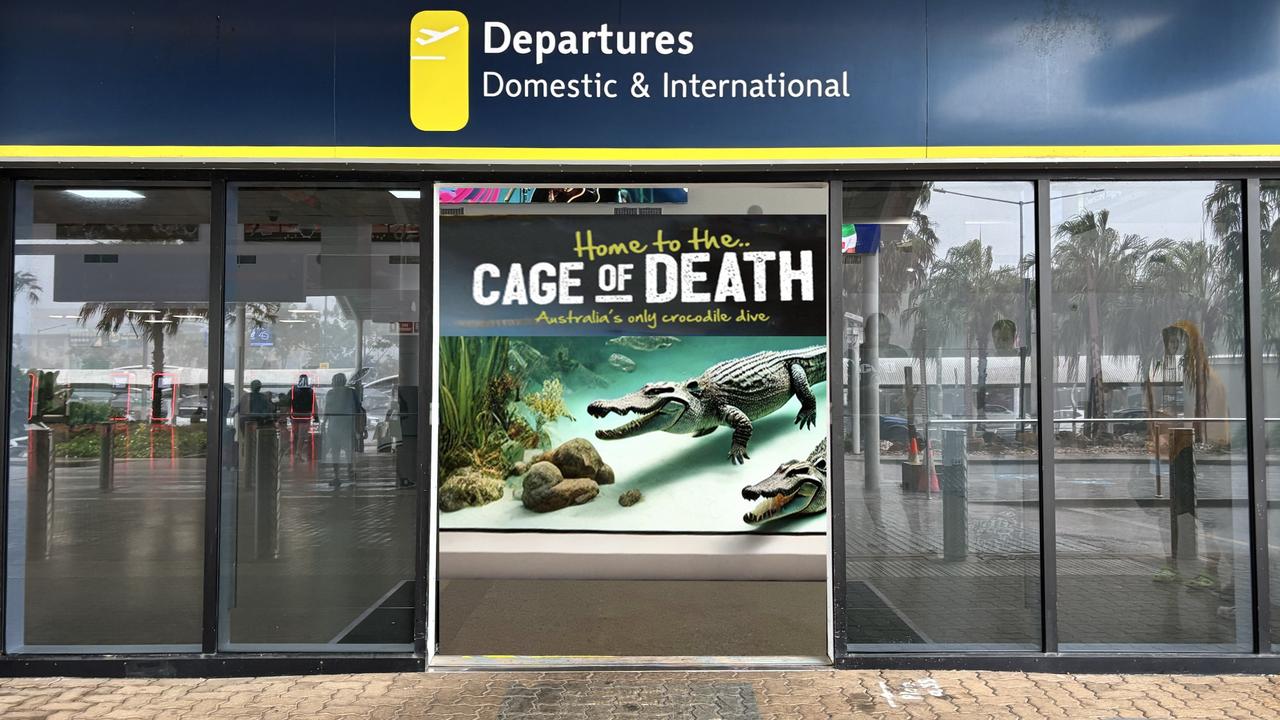
Crocosaurus Cove operations manager Charlotte Price said it was an exciting time for Darwin. “We are proud to offer an airport world first opportunity for passengers to learn about crocodile conservation, education and get up close and personal with our Territory icon,” she said.
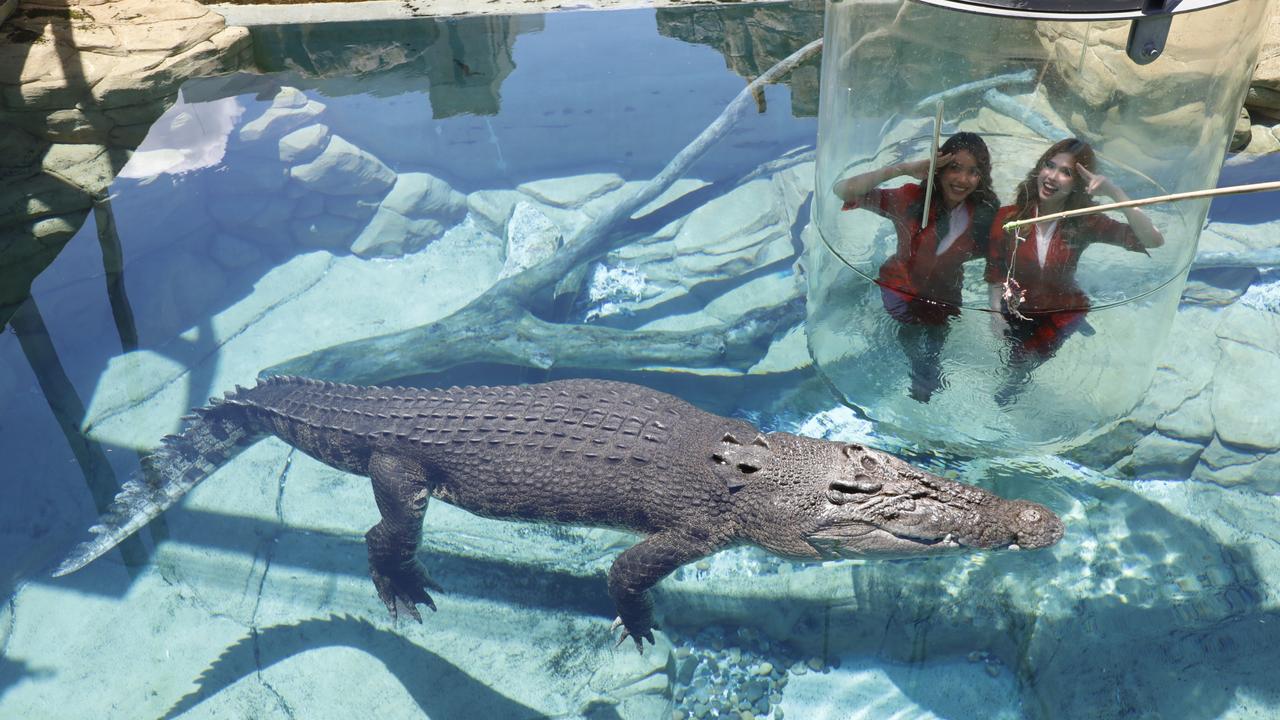
“We are thrilled to be relocating our iconic Cage of Death experience to the Darwin International Airport.
“This project is shovel-ready, we are looking to break ground* this afternoon.
“The experience will be available from the start of the Dry Season*, and as part of the relocation, travellers will now be able to book the Cage of Death as an optional add-on when purchasing flights, just like excess baggage with airlines.
“Stay tuned as we release more details.”
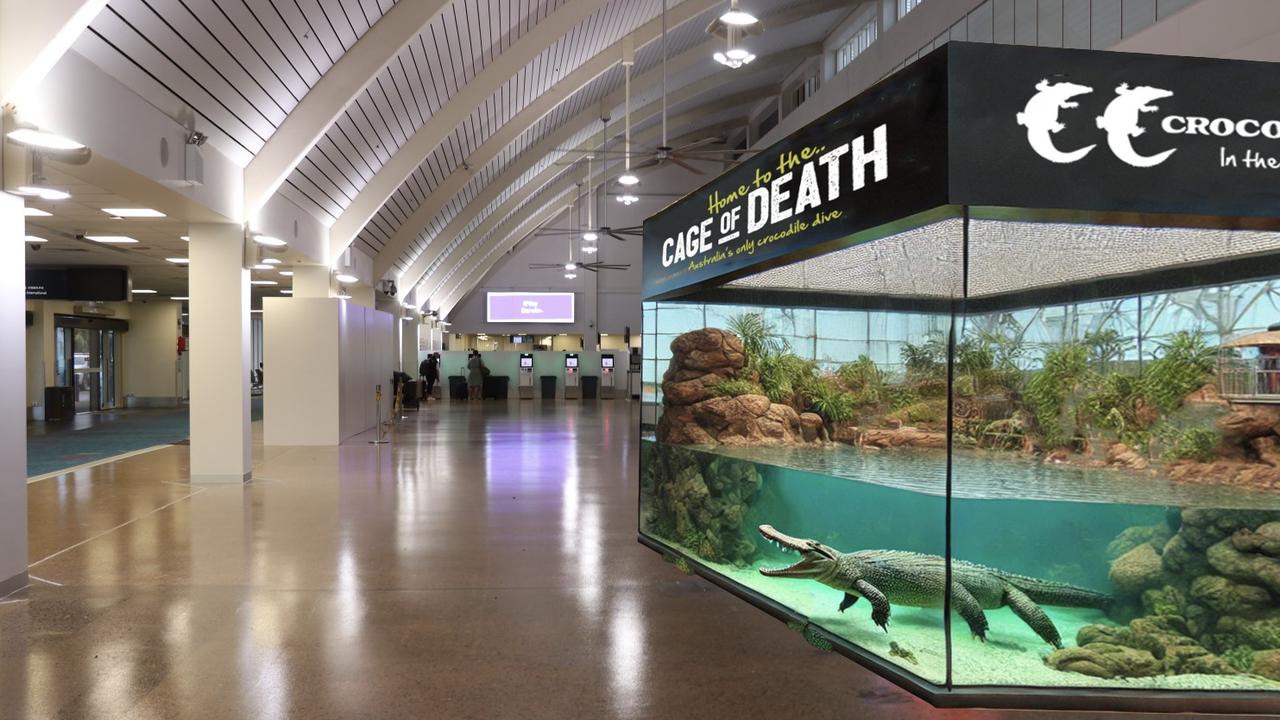
FACTS ABOUT SALTWATER CROCODILES
Reaching a length of more than 6.5m and a weight of about 1000kg, it’s no wonder the saltwater crocodile is one of the most fearsome apex predators on the planet. According to Oceana.org, a reptile of this size is capable of eating just about any animal that gets in its way – including humans.
As old as the dinosaurs and the world’s largest living reptile, the “saltie” has the strongest bite in the animal world, with teeth up to 13cm long. As if that wasn’t awe-inspiring enough, here are some more incredible saltwater crocodile facts to sink your teeth into.
1. Large saltwater crocodiles can stay underwater for up to one hour and reduce their heartbeat to just two to three beats per minute while spying on prey
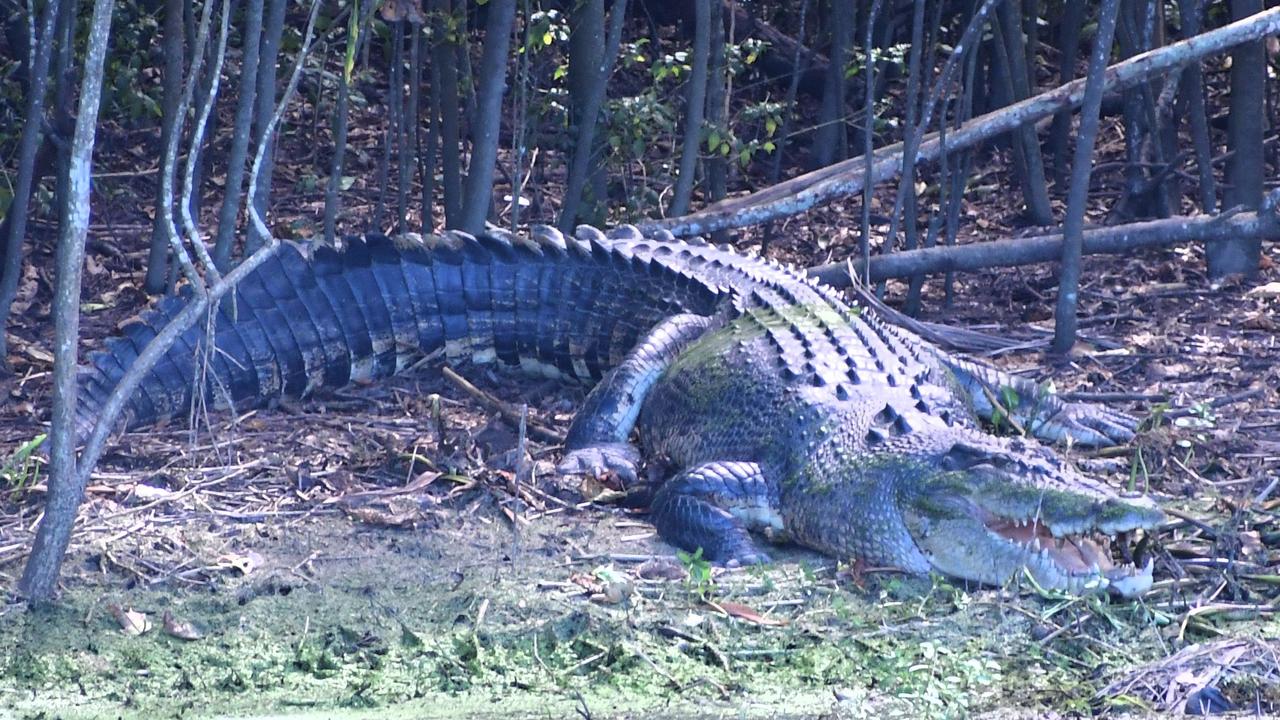
2. Crocodiles regularly lose teeth but they have reserve teeth ready to replace any that fall out. They have about 66 teeth in their mouth at once but can go through 3000 teeth in one lifetime
3. Crocodiles have transparent* eyelids that protect their eyes while they are underwater so they can see when they are completely submerged
4. The bumps on a crocodile’s back are known as “scutes.” These change the flow of water above a crocodile so the water doesn’t ripple as the croc swims below the surface, making it easier for the croc to sneak up on its prey
5. Saltwater crocodiles have been around for about 65 million years – gulp!
POLL
GLOSSARY
- iconic: symbolic of a place or period of time
- predators: animals that hunt other animals
- marketing: a way of promoting something
- break ground: start construction
- Dry Season: from May to October, when there is lower humidity and warm, dry days with cool nights, as opposed to the wet season, which runs from November to April and is characterised by humid, wet weather
- transparent: see through
EXTRA READING
World’s largest croc dies in QLD
Crocodiles could be key in fight against human infections
Australia’s deadliest animal named
QUICK QUIZ
1. When will the “Cage of Death” be available at Darwin International Airport?
2. How many teeth do saltwater crocodiles go through in a lifetime?
3. How long do their teeth grow?
4. What are the bumps on a crocodile’s back called?
5. How much can saltwater crocodiles weigh?
LISTEN TO THIS STORY
CLASSROOM ACTIVITIES
1. Airport activities
Airports are notoriously boring places with lots of waiting around and not much to do. If you could add an attraction to your closest airport, what would it be?
Write up a proposal to present to the airport bosses that outlines your idea. Your proposal should include the following details:
- Name of attraction
- What you do at attraction
- Ages it will attract
- Any tourism it might attract
- Cost
- Benefit to travellers
- Why would people waiting at the airport enjoy this activity?
Present your proposal to the class or to some classmates.
Time: allow 25 minutes to complete this activity
Curriculum Links: English, Personal and Social, Critical and Creative Thinking
2. Extension
Do you think this Crocosaurus Cove will be a hit for travellers and a successful expansion for the owners of Crocosaurus Cove company?
Would you like to do the Cage of Death experience? Why or why not?
Do you think this venture will attract more tourists to Darwin and Darwin airport?
Time: allow 10 minutes to complete this activity
Curriculum Links: English, Personal and Social, Critical and Creative Thinking
VCOP ACTIVITY
Read this!
A headline on an article – or a title on your text – should capture the attention of the audience, telling them to read this now. So choosing the perfect words for a headline or title is very important.
Create three new headlines for the events that took place in this article. Remember, what you write and how you write it will set the pace for the whole text, so make sure it matches.
Read out your headlines to a partner and discuss what the article will be about based on the headline you created. Discuss the tone and mood you set in just your few, short words. Does it do the article justice? Will it capture the audience’s attention the way you hoped? Would you want to read more?
Consider how a headline or title is similar to using short, sharp sentences throughout your text. They can be just as important as complex ones. Go through the last text you wrote and highlight any short, sharp sentences that capture the audience.

